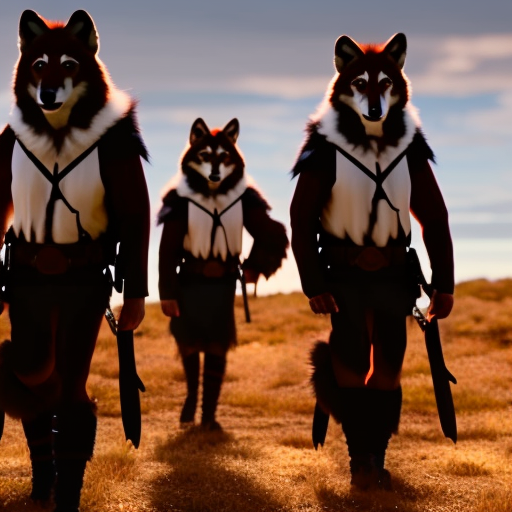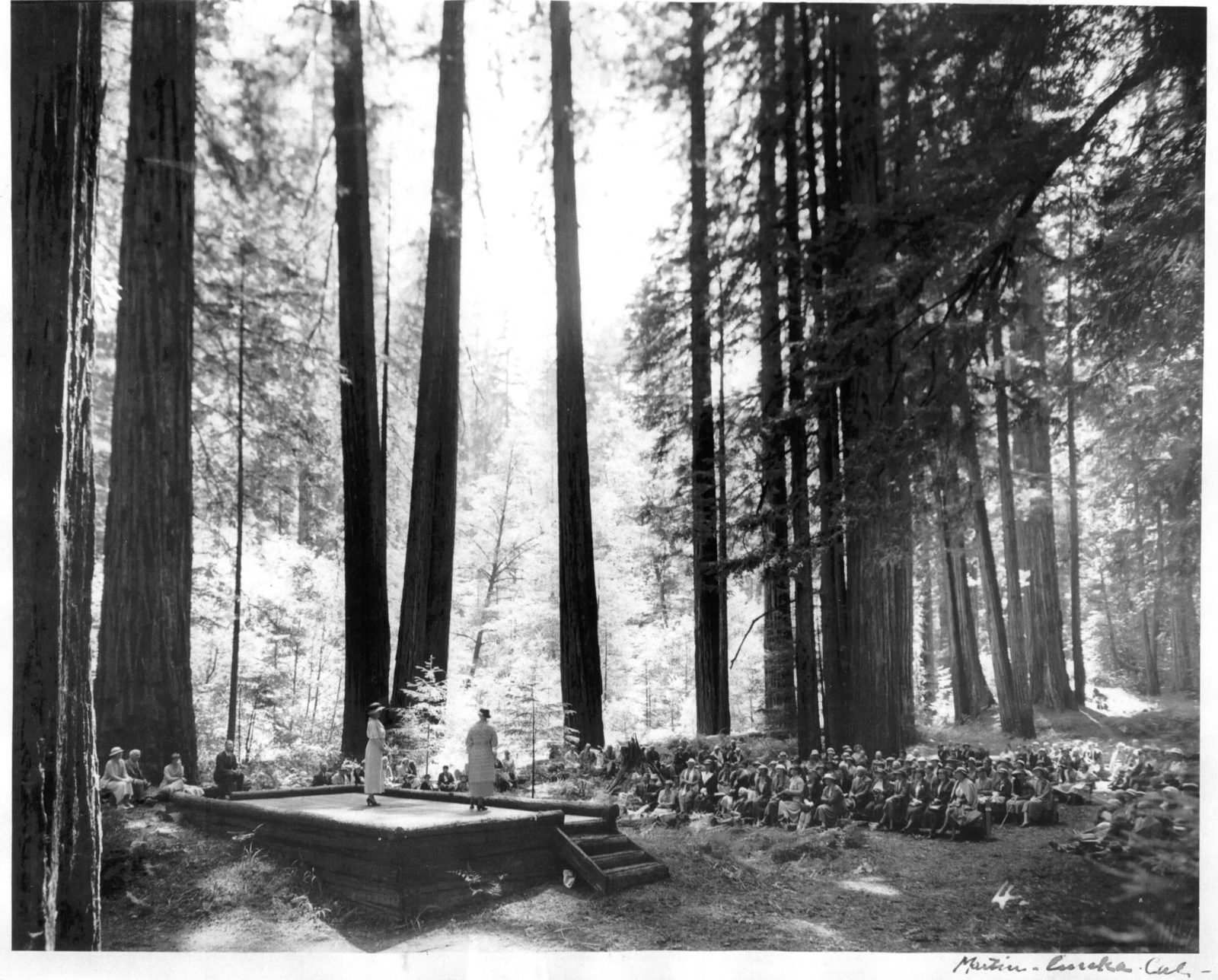
The Tuscarora Nation Names Critically Endangered Red Wolves

RALEIGH, N.C.— The Tuscarora Nation of North Carolina provided names for four critically endangered red wolves: a breeding male and female and their two daughters. They make up one of only two packs of red wolves in the wild.
Red Wolves and the Tuscarora Nation
The last 20 wild red wolves live in the northeastern corner of North Carolina on the ancestral lands of the Tuscarora Nation. The Tuscarora Nation has been living with red wolves in the region for more than 2,400 years.
“Our ancestors occupied a large territory which included Goose Creek State Park, an area well known for red wolves,” said Rahnàwakęw Donnie McDowell, public relations officer for Tuscarora Nation of North Carolina.
“Red wolves are sacred animals to us,” said Runęhkwáʔčhęʔ Duane Brayboy, a linguist and historian for the Tuscarora Nation of North Carolina. “One of our clans among the Tuscarora is the Wolf Clan. The Tuscarora and red wolves have a deep shared history.”
The Named Red Wolves
-
Pathmaker (Rahahę́·tih)
The breeding male is named Pathmaker. He is the last surviving male of his pack and is blazing a trail for his family through the swamps and forests of eastern North Carolina.
-
Hope (Yerharahčrę́·tih)
The breeding female is named Hope. She carries the legacy and future of her pack as the only remaining breeding female.
-
Hawkeye (Yęʔnewęyéhsthaʔ)
One of the female yearlings is named Hawkeye. She is an astute and careful observer.
-
Shield (Kayęʔnaʔnęnę́thyar)
The other female yearling is named Shield. She looks after her sister.
Red Wolf Conservation Efforts
Red wolves form pair-bonds for life. Their offspring stay with the pack for their first year or two before dispersing.
Thousands of red wolves historically roamed across most of eastern North America. By 1960, they were nearly extinct. Red wolves were saved by the Endangered Species Act, which established a captive breeding program and reintroduced red wolves into the wild on ancestral Tuscarora Nation lands in eastern North Carolina.
The U.S. Fish and Wildlife Service’s Red Wolf Recovery Program successfully grew the wild population to more than 130 wolves. Then the program was halted in 2015, and the population crashed to as few as seven. Fortunately, the Red Wolf Recovery Program resumed in 2021, but serious threats remain for the world’s most endangered canid. Gunshot and vehicle collisions are the leading causes of mortality.
The Red Wolf Recovery Plan
In 2023, the U.S. Fish and Wildlife Service announced a long-awaited Red Wolf Recovery Plan that commits to restoring red wolf populations and identifying two additional locations for red wolf reintroductions.
Protecting Red Wolves
“The Tuscarora names will help protect the last remaining red wolves and inspire more people to care about them,” said Will Harlan, a senior scientist at the Center for Biological Diversity. “For red wolves to make another incredible comeback, they’ll need all the help they can get.”
For More Information
Photos of the red wolves and the Tuscarora pronunciations of their names can be found at saveredwolves.org.
Copyright: Dive into this article, curated with care by SDG Investors Inc. Our advanced AI technology searches through vast amounts of data to spotlight how we are all moving forward with the Sustainable Development Goals. While we own the rights to this content, we invite you to share it to help spread knowledge and spark action on the SDGs.
Fuente: biologicaldiversity.org

Join us, as fellow seekers of change, on a transformative journey at https://sdgtalks.ai/welcome, where you can become a member and actively contribute to shaping a brighter future.






